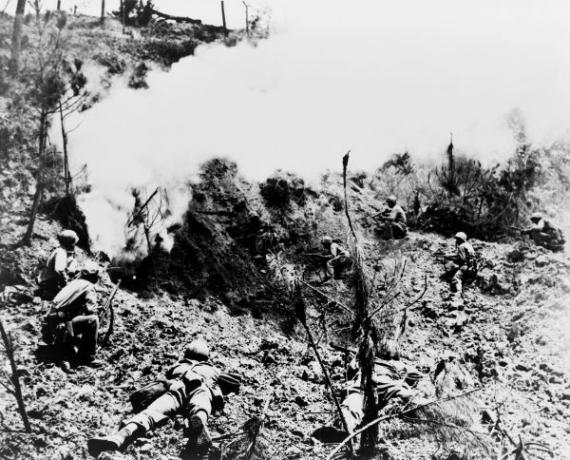In recent times, studies on gender have appeared alongside a range of themes in history that were recurrently marginalized and are now gaining great traction in the intricacies of academia. In practical terms, this highlighted the figure of the woman as a historical character and gave her voice in a extensive set of contexts in which the male figure seemed to direct all the actions that came to establish what was already It happened.
This attempt to make the writing of history somewhat sexist seems to be more extensive than it seems, especially when we venture into Prehistory. For a long time, the studies of archaeologists, paleontologists and historians restricted the prehistoric world to the world of "cavemen". This is not just for the sake of naming, but also because the massive majority of fossils found were presumably male.
This situation changed with the discovery of Lucy and Luzia, two female fossils that established a break in this curious male hegemony of the period. However, most descriptions of prehistoric women – initially produced in the 19th century - he had the habit of naturalizing the idea that the environment of this historical character was domestic and familiar. With this, we would have a naturalization of the situation that most women experienced in the nineteenth century. But is that what fossils have to say?
In more recent research, we see that this limited role of women was nothing more than a gross reproduction of the patriarchal values that dominated the sciences that underlie knowledge prehistoric. Even before the discovery of agriculture, we have evidence that women played an active role in game processing. Traces analyzed show that women helped in cutting meat and moving animals that were killed for food.
Do not stop now... There's more after the advertising ;)
In addition, we may have situations in which women were largely responsible for “putting food inside the house”. Even in the Neolithic period, in periods when hunting activities were at a low, the collection of edible foliage, fruits and roots ended up guaranteeing the livelihood of a whole group. Reaching the Paleolithic period, we have in Australia the presence of traces of paintings, craft activities and the manufacture of weapons with proven female authorship.
Thus, the vestiges of this time ended up heating the debate that aims to delimit in cultural and biological terms the difference between men and women. On the other hand, we realize that the review of women's past deserves a much larger review than we could ever imagine. After all, for those who don't remember, Prehistory is the most extensive historical period in the trajectory of men... and women.
By Rainer Gonçalves Sousa
Brazil School Collaborator
Graduated in History from the Federal University of Goiás - UFG
Master in History from the Federal University of Goiás - UFG
Would you like to reference this text in a school or academic work? Look:
SOUSA, Rainer Gonçalves. "The daily life of women in prehistory"; Brazil School. Available in: https://brasilescola.uol.com.br/historiag/o-cotidiano-mulher-na-pre-historia.htm. Accessed on June 27, 2021.


